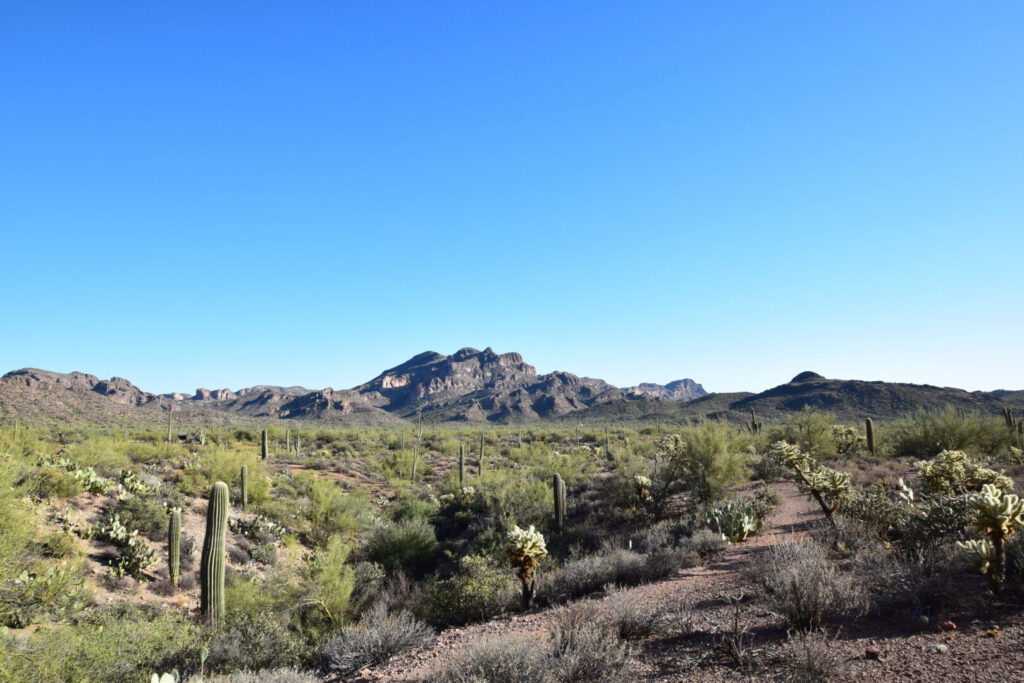The reforestation of key areas in watersheds and the adoption of regenerative agriculture are essential for the recovery of aquifers and, thus, guarantee the water supply of cities such as Hermosillohe said Karina López Ivich.
The director of Inspiring Action for a Better World and citizen member of the Governing Board of Agua de Hermosillo said that of the six aquifers that supply water to the capital city of SonoraMost are overexploited and one or two are close to breaking even, as more water is withdrawn from them than is recharged.
"The means exist to reverse this situation, which generates a chain reaction to positively reinforce environmental services. Reforestation of key areas in the watershed tends to reinforce biodiversity, increase soil fertility and water retention, favor aquifer recharge and help sequester carbon dioxide," he said.
López Ivich added that the regeneration of vegetation in watersheds increases the diversity of forest products, generates water supply security, improves the health of the population and builds resilience to adverse weather events.
The master's degree in environmental engineering explained that if, in addition to this, regenerative agriculture and agroforestry practices are promoted, the benefits multiply.
"It improves soil organic cover, improves soil moisture sensing, saves water in agriculture, reduces the use of inorganic fertilizers and agrochemicals, improves water quality, pollination conditions, environmental conditions for people working in the field, improves public health," he said.
"It is no longer just about maximizing production, but about optimizing in a much more complex scenario that generates production results, in a context of environmental improvement and social justice. The benefits are comprehensive and multiple in economic, social and environmental terms."
Karina López Ivich emphasized that there are already successful cases where it has been possible to measure the increase in groundwater levels and quantify the environmental and social benefits.
"To mention just one, the case of the Zapalinamé basin, which supplies part of the water for the city of Saltillo, Coahuila, already shows consolidated and measurable results," he said.
To optimize results, these actions must be accompanied by rigorous regularization of water use in agriculture, as well as infrastructure or engineering works to recharge aquifers, in addition to improving the efficiency of water use in the city, he said.
"If we compare this scenario with the scenario of building a desalination plant, the benefits of watershed rehabilitation and aquifer recharge far outweigh the environmental, social and economic benefits," he said.
Lopez Ivich stressed that nature-based solutions take time, but are options with great benefits.
If Hermosillo focuses on making efficient use of water through control of use, metering and distribution infrastructure, there is time to implement actions for watershed rehabilitation and aquifer recharge, and obtain the desired results, he said.


